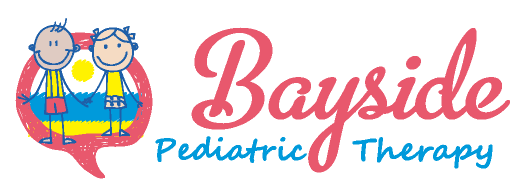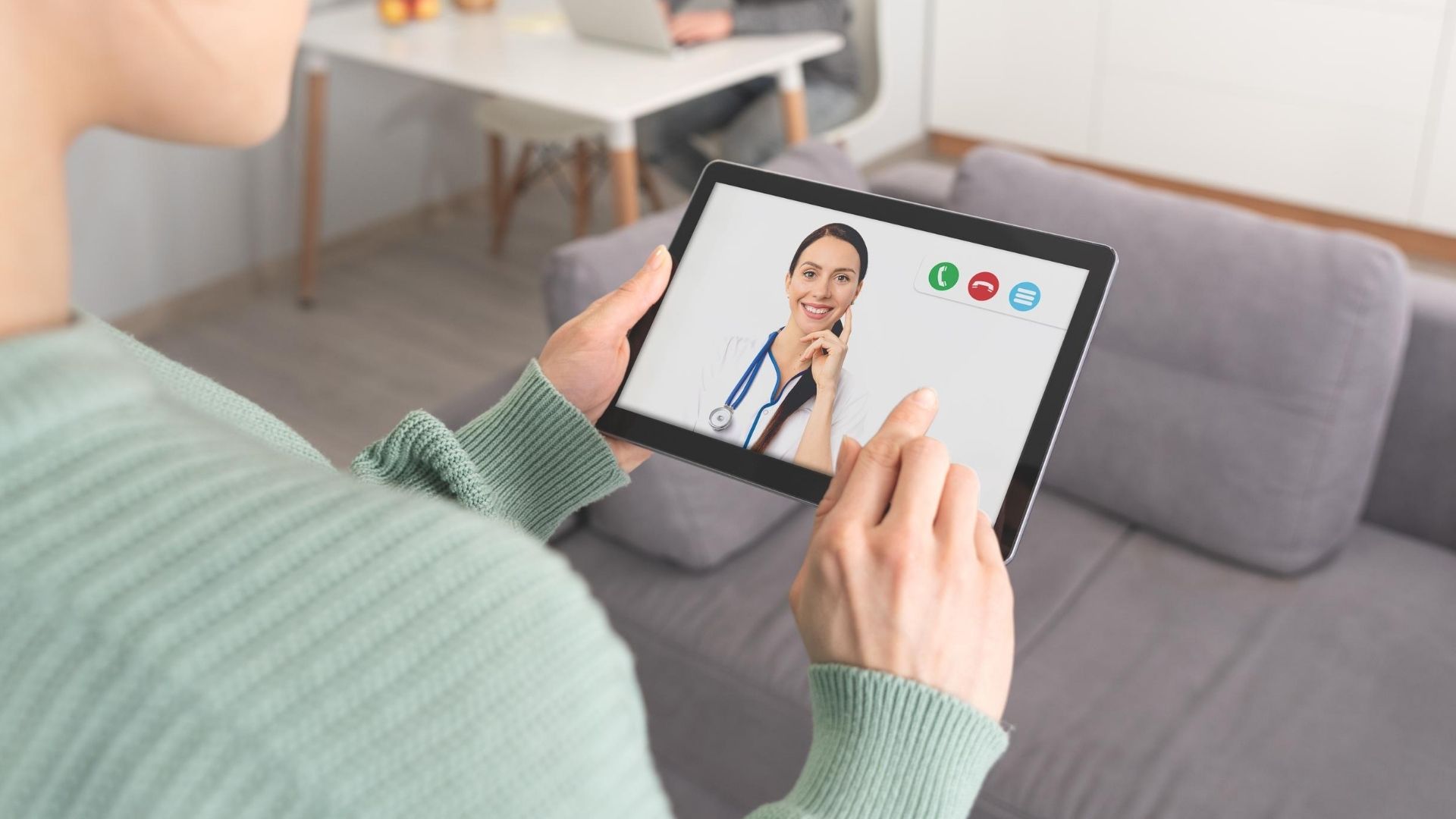During the Coronavirus pandemic, many of us have had to become familiar with video conferencing and online learning. A year ago, I would have thought “Zoom” was a website for race cars now it’s the new “Google.” It’s become part of our lives whether we like it or not.
I have to admit, I was highly skeptical at first of teletherapy for my little ones. How would I get a 2 year old to stare at the screen for 30 minutes and engage with me? Here is what we have learned:
1. Your child does not need to look at the screen!
This is the most common misconception. Most of the session is done with you looking at your child or the activity. The therapist is just in the background coaching you. Think of a personal trainer. They develop a plan for you to get healthier and stronger. They will show you how to do the exercises and while you do them they will cheer you on and tell you how you can do them better. They don’t do the exercises for you. If they did, you would never get stronger. This is the same for therapy. The therapist will prepare an activity for you to do with your child before the session and cheer you on while you do it with your child. They will give you suggestions on how you can change your technique to help them. This will make you as a parent stronger at helping your child and your child will make more progress. Some activities may be done online, like putting parts on a virtual potato head but most activities will be using what you have at home.
2. Parents are becoming therapists at home.
Before the pandemic, many parents would send their child back to therapy and wait in the waiting room. The therapist would bring their child back at the end of the session and share what they did. For example, “Johnny wrote his name for the first time.” However, the parent did not see how the therapist got the child to write their name so when they try it at home, it doesn’t work. On teletherapy, the therapist coaches you how to get your child to write their name, so now your child is writing their name at home! You learn to be their therapists first hand and your therapist is right there supporting and helping you through it. The best part is when you turn your computer off, therapy continues.
3. Therapy is done in their natural environment.
Kids come to therapy usually 1-2 hours a week. They are at home anywhere between 125-167 hours. If they can improve in their natural environment (home), they should make progress so much faster! If they only make progress in therapy it’s not really helping their overall success. One example is older kids who are nonverbal come to us a lot. I ask if they had speech therapy before, and most of the time they have been in speech therapy since they were 2 or 3 years old. What in the world did the speech therapist do for the past 10 years? They will tell me the therapist had the child using a speech generating device during therapy but not at home. So, the poor child was only able to use words to communicate for his/her speech therapy sessions. The other 23 hours in the day the child was just frustrated with no way to communicate. Seriously, how sad! Therapy needs to carry over into everyday life or it is a waste of time. In this case, my first step is always to get that child a device covered by insurance. Then through teletherapy, I can show the parent how to use it in everyday routines. You could even take me on your phone to their favorite park and I can tell you how to use it and encourage language. If your child at home likes to jump on a giant trampoline, we will plan a session to be done on a trampoline. That way, every time your child gets on the trampoline you will know how to encourage their progress.
4. You will feel supported by your therapist!
Teletherapy takes a lot more planning on the therapists part than face to face. We need to have all our materials ready to go before the session and back ups if it doesn’t work. Your therapist will email you articles to read, materials to use, and tips for your child. They will ask you what you have around the house so you don’t have to buy anything! They will use what you have which means when the session is over, you can continue to use what tools they gave you to help your child. When you see your child get better because of what YOU did, you will feel empowered and so will your child!
If possible I do encourage a mix of teletherapy and in clinic sessions as some therapeutic techniques need to be done through touch. While incorporating teletherapy during the pandemic, we have found children make more progress! It’s true, and I have seen it time and time again. It’s scary at first because as a parent you may feel inadequate to help your child at home, but you can do it and your therapist is here to help!

